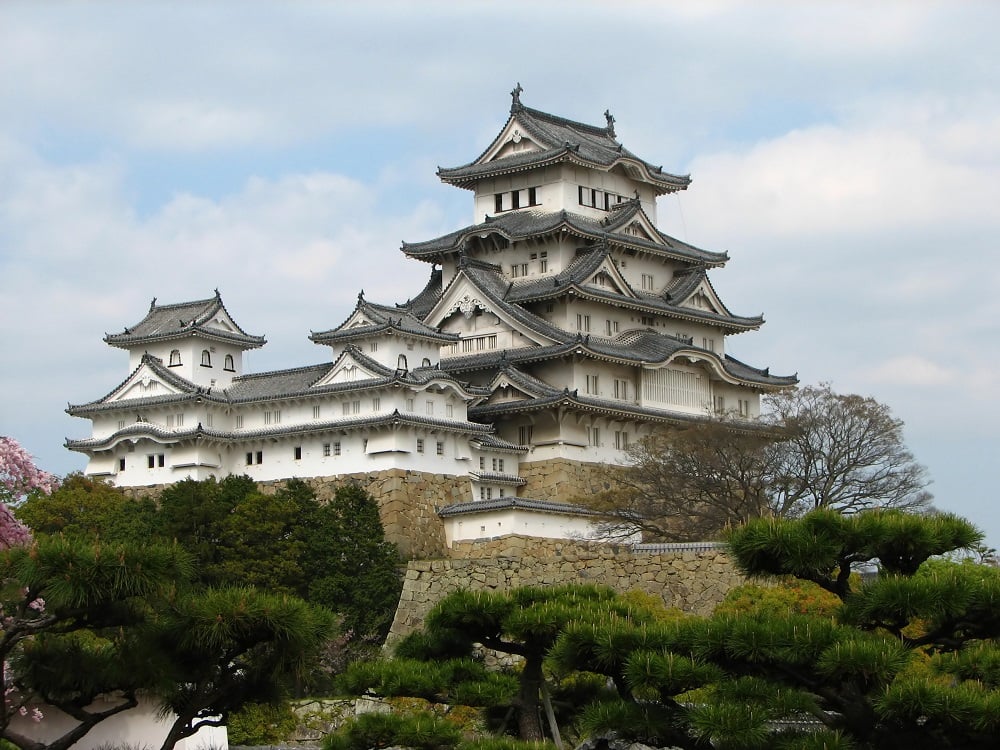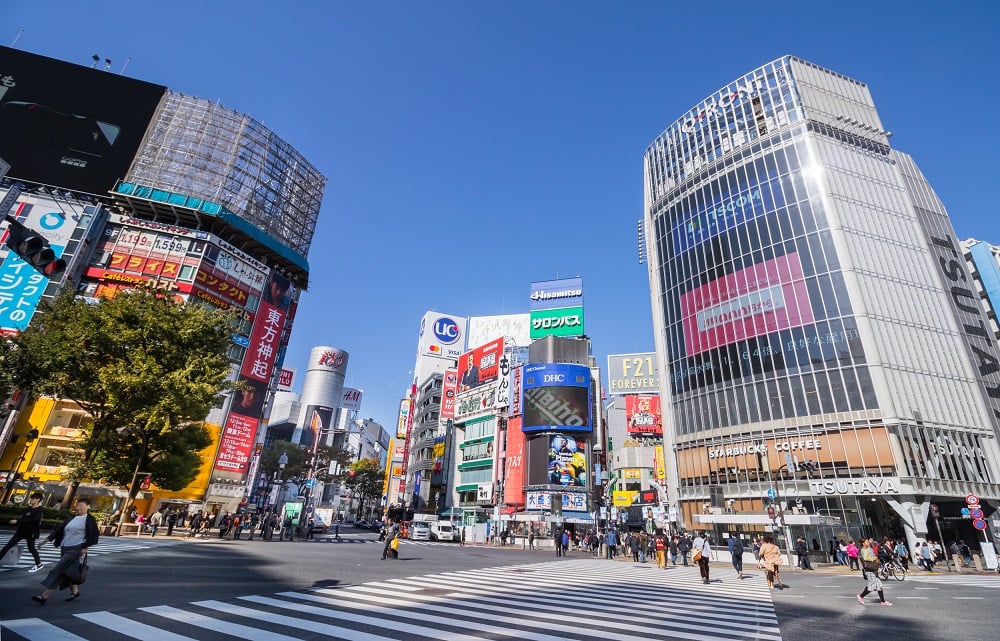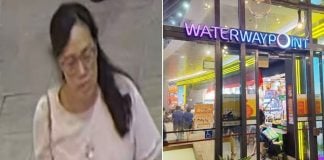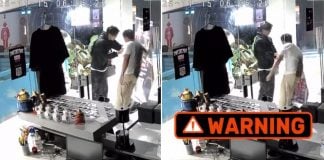Restaurants & attractions in Japan considers dual-pricing in response to weakening Yen & overtourism
In its latest attempt to mitigate the effects of overtourism, Japan is considering dual-pricing for foreigners.
Japan has always been a highly coveted destination for tourists, and the weak yen of late makes it much more enticing.
Japanese news site The Mainichi reported that as more tourists flock to the country, more and more restaurants and tourist attractions are looking to charge foreigners more than locals.
Higher upkeep and language barriers are the reason for higher prices
According to CNN Travel, Japan has never been known for charging foreigners extra. However, restaurants now see it as a necessity, rather than a way to fleece unwary foreign customers.
A restaurant owner in Shibuya said the influx of tourists has forced the restaurant to hire and train English-speaking employees. However, imposing the extra cost on the majority of his local customers — who aren’t responsible for it — seems hardly fair, he added.

Source: Wikimedia Commons
Apart from restaurants, popular attractions are also feeling the burden of an abundance of visitors.
For instance, Himeji Castle, a UNESCO World Heritage site, is considering quadrupling entry fees for foreigners. It currently costs ¥1,000 (S$8.74), but the local government is considering raising it to US$30 (S$40).
The mayor of Himeji said the number of visitors could damage the castle’s upkeep, but he would like to avoid raising the fee for locals.
Public largely supports dual-pricing but has concerns
A survey conducted in February showed that almost 60% of the respondents are in favour of implementing dual pricing for visitors to Japan. However, these respondents were also concerned about the negative influence it would have.
Some respondents stated that the extra cost should come with some extra value, such as foreign language guides or enhanced hospitality.
Overtourism continues to be an issue for Japan as the country recently introduced measures to ease the burden of visitors on its local population.
Earlier this year, a mesh barrier was erected at a popular photo-taking spot to prevent tourists from blocking traffic to get photos of Mt. Fuji.
It wasn’t the only one of its kind. Kyoto also introduced a tourism bus to alleviate overcrowding due to a surge in visitors.
Also read: Mount Fuji barrier found with poked holes a week after installation
Mount Fuji barrier found with poked holes a week after installation
Have news you must share? Get in touch with us via email at news@mustsharenews.com.
Featured image adapted from Wikimedia Commons and Wikimedia Commons.










